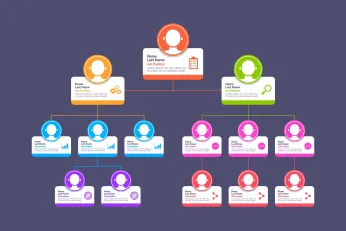How to Automate Sales Commissions & Boost Sales Performance
Si todavía está utilizando Excel (y luchando) para completar su proceso de comisiones, aquí tiene 5 razones por las que debería considerar seriamente automatizar el cálculo de sus comisiones de ventas con un software de comisiones de ventas.
En esta página
As a CEO, you constantly juggle between meeting your company’s immediate needs and ensuring long-term growth—especially in a startup. One of the toughest decisions you’ll face is whether to invest aggressively in future-focused initiatives or take a more conservative, cost-effective approach. A prime example of this dilemma is the classic "build versus buy" decision when it comes to software solutions.
When adding technology to your stack, the question isn’t just whether to build but if it’s worth it. Developing an incentive automation platform, for instance, requires significant time and resources—ones that might be better spent on building your core revenue-generating product. On the other hand, relying on off-the-shelf solutions comes with its own considerations.
Historically, building custom software has been a costly and time-consuming process—53% of projects end up costing 189% more than estimated, and 31% are canceled altogether. Despite these risks, many companies still opt for in-house development, often underestimating the long-term challenges of maintenance and scalability.
So, why does this struggle go beyond just building an incentive automation platform? The real challenge lies in maintaining it. Here’s why:
Why your in-house sales commission automation system will fail
Following are the reason why your in-house sales commission automation system will fail.
1. No es ágil
La mayoría de las organizaciones operan en un panorama empresarial que cambia rápidamente. Sus equipos de ventas tienen promociones, lanzamientos de productos, cambios de precios y nuevos territorios que poner en marcha.
To respond to ever-changing business needs, sales incentive programs must be highly dynamic. After all, sales commission programs drive sales behaviors. For this reason, making changes to your sales commission program should be quick and easy.
However, without a deep understanding of various sales incentive plans and their underlying logical structure, it’s quite difficult to create a flexible system where requested changes and new requirements are incorporated quickly. Most in-house incentive calculation software's require significant code overhaul or re-design – even for little changes that make the entire process slow.
Y no puede permitirse esperar varias semanas a que su equipo técnico realice cambios o rediseñe por completo su automatización interna. La mayoría de los equipos técnicos están bastante ocupados creando el software que aporta ingresos a la organización y cualquier cambio en los sistemas existentes queda automáticamente sin prioridad. Conseguir que realicen cambios en su solución interna a la velocidad que usted necesita puede ser agotador.
No tiene ningún sentido que su equipo técnico decida hacer pequeñas modificaciones en los programas de ventas 12 semanas después de que usted las haya solicitado.
2. Seguridad de los datos y cumplimiento de la legislación
Sales incentive data is highly sensitive data. To calculate sales incentives, your system must have access to all business transactions. It also requires access to additional confidential data, such as employee salaries, compensation structure, etc.
Es fundamental disponer de un sistema que controle adecuadamente el acceso de los usuarios a los planes de incentivos, los datos relacionados con las comisiones y los pagos. Contar con un sistema que permita dar acceso a la información en función de sus funciones y antigüedad es muy importante.
Sales Head - Team performance / Dashboard visibility - Admin
Program execution/Implementation managers - Program admin
Sales team lead - Manager access
Sales reps - User access
However, implementing adequate access control is just a first step. You also need to think about data retention, secure reporting, and change management. It’s unlikely that your tech team will keep up with requests to make changes to incentive plans for minor edits let alone making significant changes to the entire software.
It’s even more unlikely they will have time to implement proper encryption, data retention policies, a comprehensive audit log, payment gateways in case they allow payment automation which is a rare functionality in the case of software built in-house.
Inevitablemente, una seguridad de datos adecuada se interpondrá en el camino de la entrega de un programa de comisiones de ventas ágil, dinámico y con capacidad de respuesta y, por tanto, de un software de cálculo de incentivos. Esto puede obligarle a comprometer la agilidad frente a la seguridad, lo que provocará decisiones difíciles y retrasos.
3. Solución vulnerable
Designing a comprehensive, flexible sales incentive calculation solution requires a unique architecture. It should be based on a data processing pipeline. It should break down the commission calculation process into independent phases such as sourcing, filtering, slicing, calculating, apportioning, and then displaying.
Most tech teams will deliver a “working solution” fairly quickly. However, as additional requirements like adding cumulative tiers, split commissions, product and geography-based competitions are added, your in-house solution may start falling apart.
You might have to then choose between the two most dangerous things, implementing a quick fix or resorting to extensive system re-architecture to accommodate even minor changes. (We’ve warned you about the 31% project drop, haven't we?)
También puede tener desacuerdos con su equipo técnico cuando le expliquen que "este tipo de cambio llevará 8 semanas" o que "no admitimos este tipo de cálculo". Además, puedes esperar algunos (o muchos) costes ocultos por el camino (ya te avisamos del 189% de coste del proyecto).
All these limitations make the in-house-built incentive calculation software a move of part automation at best and chaotic at worst.
Convierte su software interno de cálculo de incentivos en una gloriosa hoja de cálculo, en el mejor de los casos.
Si ha decidido crear una automatización interna de las comisiones de ventas, ya conoce el coste de no automatizarlas. Y los costes son enormes. Y hay mucho en juego. Pero lo que más está en juego es la oportunidad.
Compass is a one-stop solution, which is a no-code software that program administrators use to create complex incentive programs. They do this through a basic structure by defining variables and the outline of logic. Compass has another unique feature that saves the user from the painstaking effort of sending it to individual WhatsApp chats & groups, it automatically disseminates the results to 100+ WhatsApp groups.
At Compass, our only mission is to help the sales fraternity sell, meaningfully.
With Compass, you can select game templates from a plethora of options, define KPIs, and create logic with rules, variables, and conditions, without coding. Drive behaviors that power business results with engaging sales programs. Compass is an unorthodox product built for orthodox problems in the most orthodox function, sales.
5 reasons why you need a sales automation system
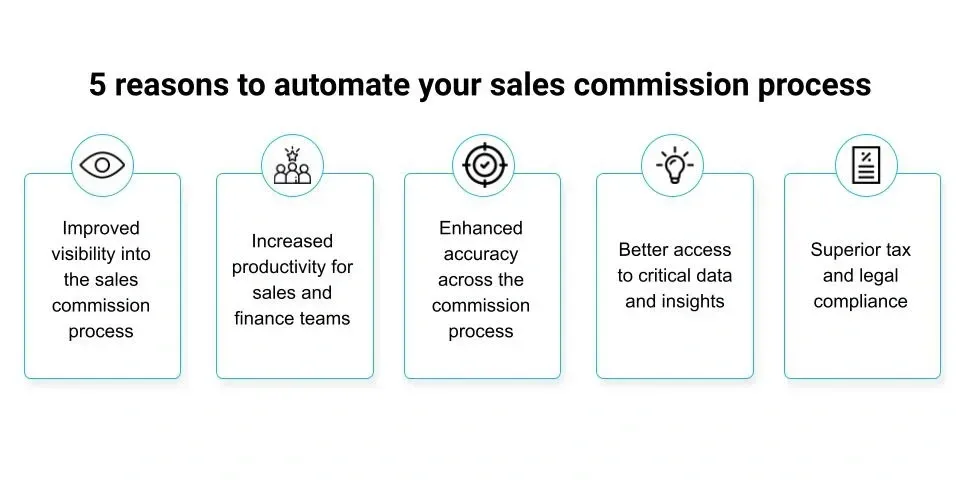
1. Mejor visibilidad del proceso de comisiones de ventas
La adopción de programas de comisiones de ventas de última generación garantiza el acceso en tiempo real a los cálculos de comisiones para los representantes de ventas, sus gerentes y, posiblemente, cualquier persona de la organización. Disponer de esta información motiva a los representantes a ver lo que han ganado y a esforzarse por ganar más. Los jefes de ventas también pueden motivar a sus equipos, sin perder de vista sus progresos.
Compass helps you turbo charge your sales teams, enables less manual reporting, and provides transparency in the actual calculations behind the numbers, which helps the reps trust the numbers they see because they can see how they’re calculated with just one click. What’s more is with automated payments, you can have a clear picture about redemption trends.
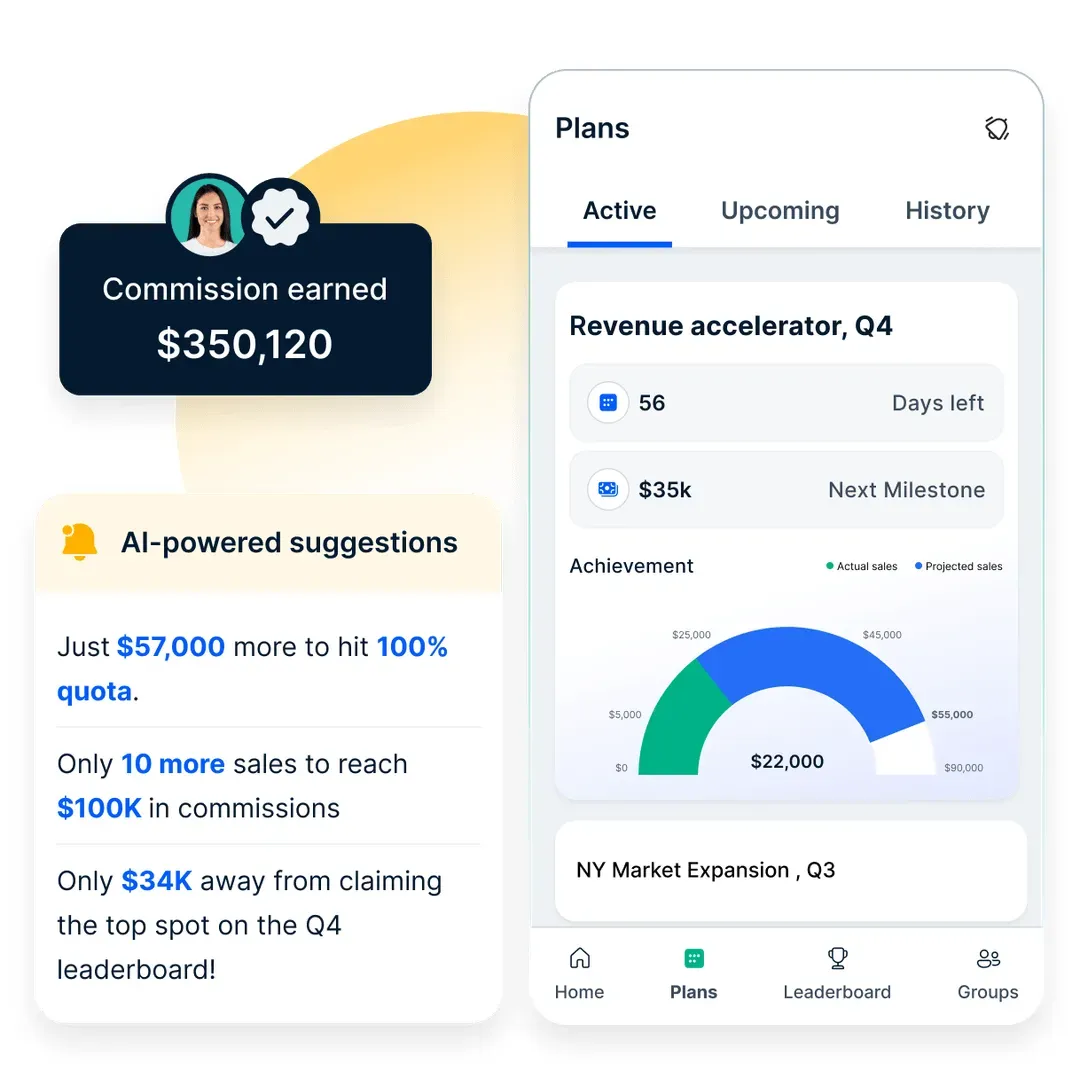
2. Aumento de la productividad de los equipos de ventas y finanzas
La introducción manual de datos en hojas de cálculo deja margen para el error y hace que el proceso sea extremadamente lento y tedioso. Lleva horas y días calcular las comisiones de todos los representantes. La posibilidad de error humano provoca escepticismo. Los comerciales pasan horas calculando, confirmando y reconfirmando sus declaraciones finales de comisiones con sus jefes y equipos financieros. Cuando se tiene una plantilla masiva que dedica tanto tiempo a actividades inútiles, se pierde eficacia, tiempo y esfuerzo.
Compass elimina la necesidad de intervención humana en el cálculo de comisiones y el proceso de pago, eliminando así los errores del proceso de comisiones de ventas. También permite a los equipos de ventas centrarse en vender en lugar de dedicar tiempo a calcular sus comisiones.
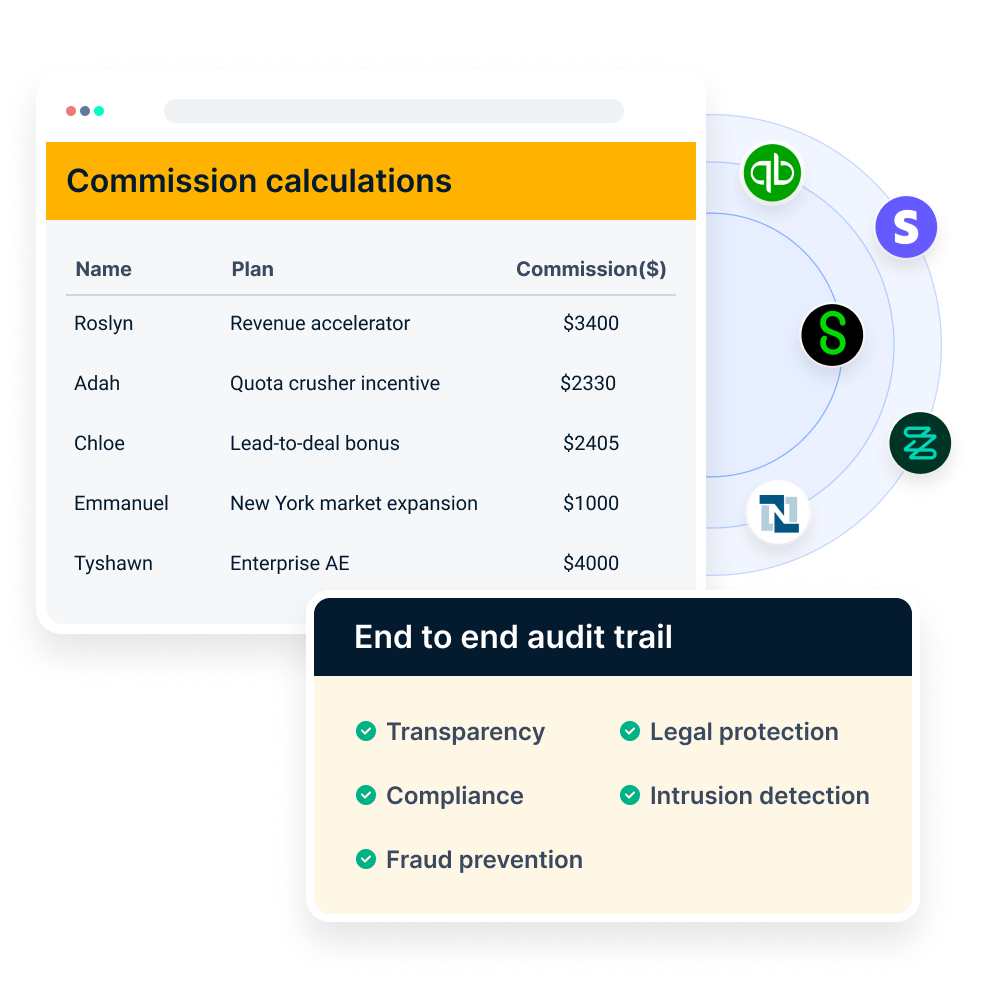
La gestión manual de las comisiones limita la escalabilidad y el crecimiento. Las organizaciones se enfrentan a grandes retos cuando intentan crear un software de comisiones dentro de Excel que requiere una lógica compleja que hace imposible calcular las comisiones a escala.
Con Compass, obtendrá lo mejor de Excel como una interfaz intuitiva junto con variables, opciones de pago y es escalable para pequeñas y gigantescas empresas y start ups por igual.
3. Mayor precisión en todo el proceso de comisiones
Did you know that 88% of spreadsheets contain errors. That is crazy right? Imagine, calculating commissions on Excel for hundreds of thousands of sales reps and 88% of them turning out incorrect. The waste of resources in terms of lost time, efforts and money, coupled with chaos resulting in demotivated sales reps is a horrible spot to be in.
Now imagine this happening routinely. Miscalculating commission leads to unhappy sales reps, resulting in high turnover rates. Yet another challenge when you release payments manually is first the possibility of error while releasing payment and the rigidity of cash and brand vouchers.
La automatización reduce el error humano -eliminando más del 90% de los errores- para que pueda confiar en sus datos y en que sus decisiones están respaldadas por hechos.
With Compass, you can easily build complex commission programs with the familiarity of Excel within a few clicks, release payments in terms of bank transfers, credit notes or gift cards with an option to redeem from 20000+ options , also reducing the constant friction between sales, HR and finance teams.
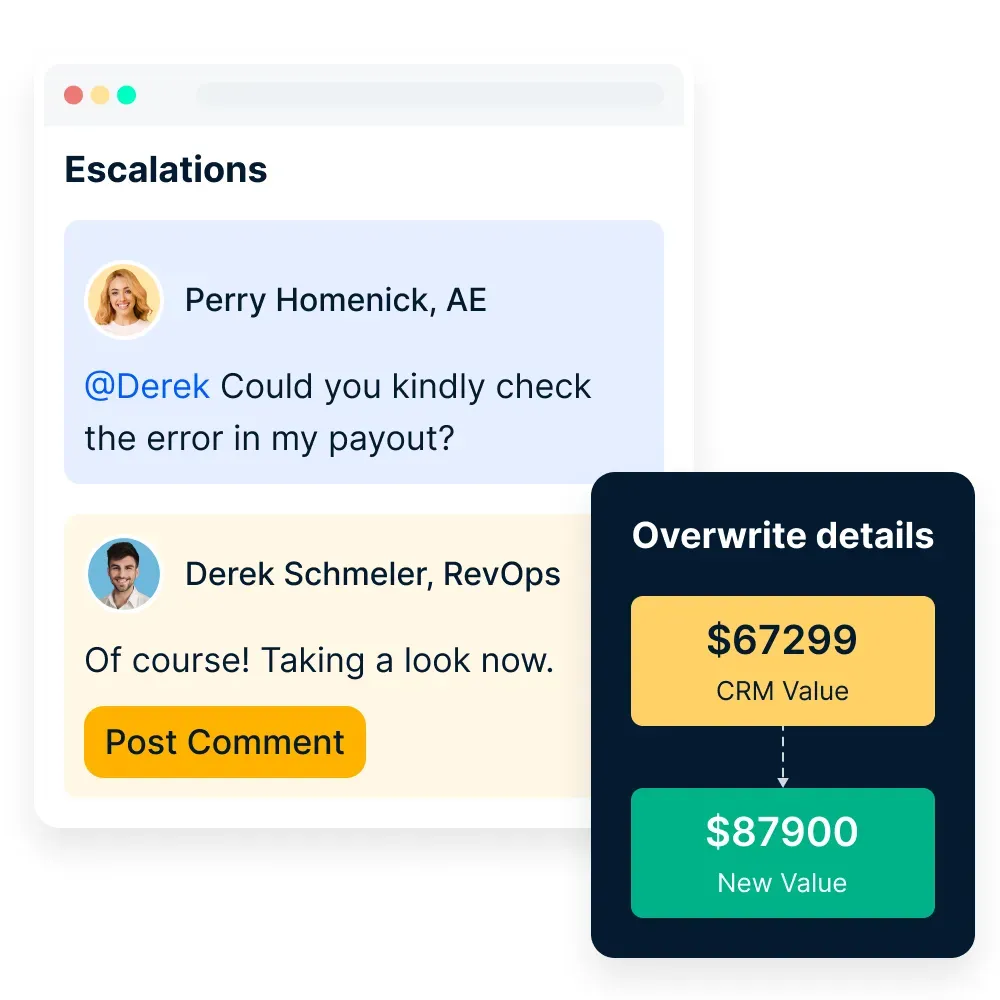
4. Mejor acceso a datos e información esenciales
Dado que todas las transacciones y cálculos se realizan a través del sistema, los sistemas de comisiones permiten elaborar informes exhaustivos sobre la información de las comisiones de ventas. Los paneles analíticos y de control permiten a los representantes de ventas, a los jefes de equipo y a la dirección cortar la información disponible de distintas maneras.
Compass se convierte instantáneamente en la única fuente de verdad que garantiza que todos los integrantes del ecosistema empresarial basen sus decisiones en los mismos datos y obtengan perspectivas de actuación.
Compass gives you a configurable widgets & reports dashboard that helps you measure what matters with configurable widgets for both admins and end users.
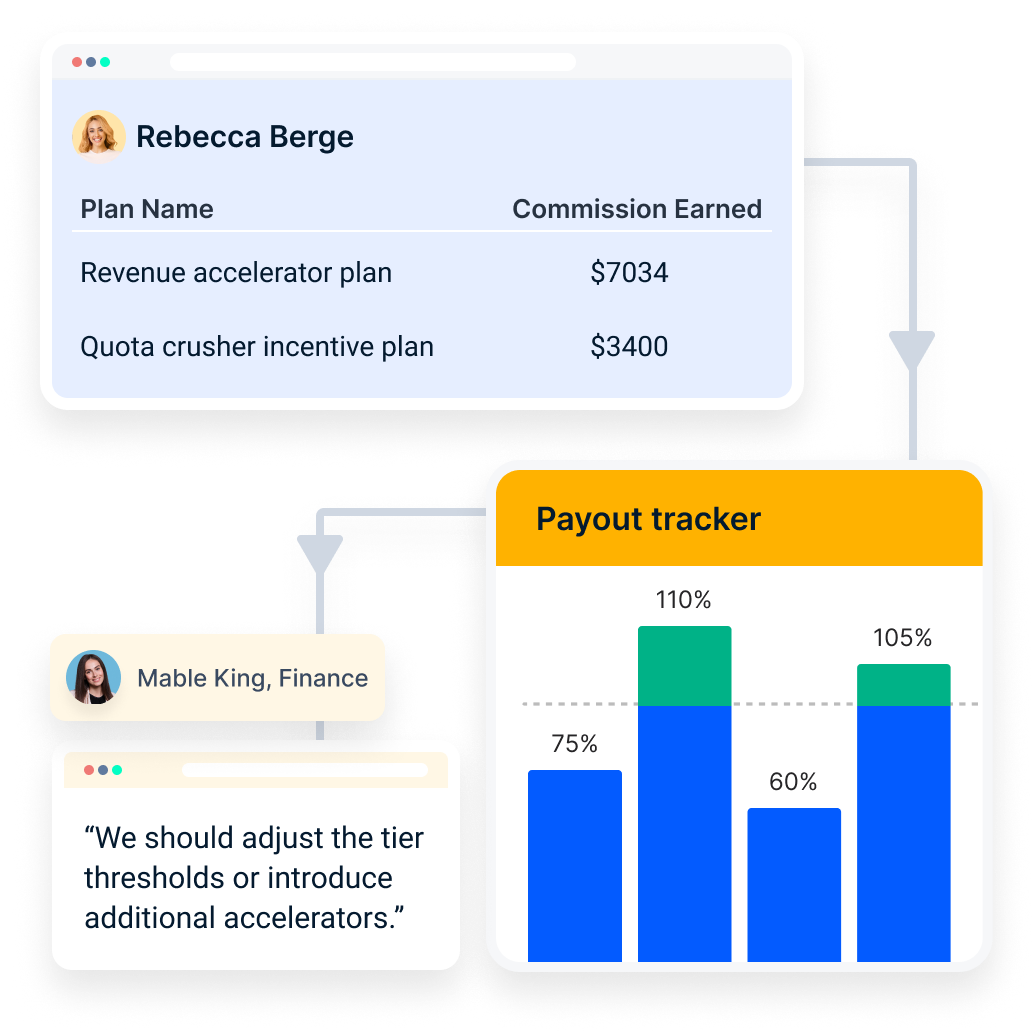
It lets admin users configure widgets like Investment ROI, program participation, leaderboard, regional performance, team wise performance, and empowers end users with widgets including earning trends, team leaderboard, earning simulator, and more.
5. Cumplimiento fiscal y jurídico superior
Cuando se calculan manualmente las comisiones en Excel, no es posible configurar las implicaciones fiscales, y mucho menos tener en cuenta los datos basados en losas o geografías, lo que hace que los informes financieros y el cumplimiento legal sean independientes del cálculo de las comisiones y los pagos.
Compass, además de permitir cálculos de incentivos justos, sin errores y transparentes, se encarga de la autenticación de los usuarios y de todas las medidas de seguridad, como GDPR o ISO, y gestiona las implicaciones fiscales geográficas y el cumplimiento de la normativa.
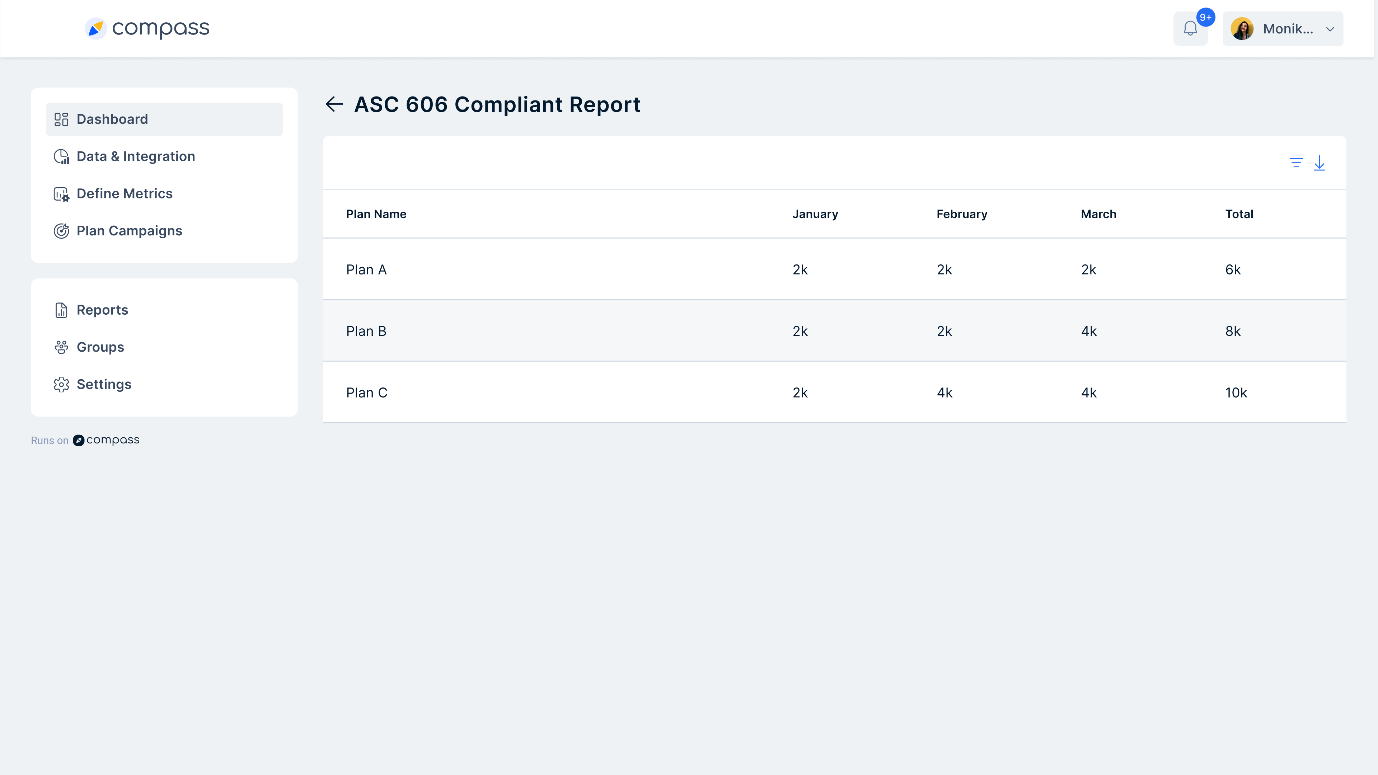
La cruda realidad es que no puede ser estratégico ni siquiera si gestiona un aspecto de su proceso de ventas manualmente. Porque te centras en medidas tácticas en lugar de en estrategias y, lo que es peor, tus datos son estáticos, por lo que tus decisiones son reactivas en lugar de proactivas, lo que te cuesta cientos de dólares, ya que dejas escapar a tus mejores representantes de ventas, tiempo crítico y esfuerzos cruciales.
How to set up sales commission automation system?
Here’s a comparative table on how you need to do it:
Overcoming common challenges in automating sales commissions with Compass
Automating commission calculations can significantly streamline your sales compensation process, but it comes with its own set of challenges. Here are the top five obstacles businesses face and how Compass helps overcome them effectively.
Challenge #1: Complex Commission Structures
Many organizations have intricate commission plans with multiple tiers, bonuses, and exceptions. Managing these manually is difficult, but even automation can be tricky if the system isn’t equipped to handle complexity.
Challenge #2: Data integration
Accurate commission payments rely on seamless data integration from multiple sources like CRM and ERP systems. Poor data quality or mismatched records can lead to errors in commission payouts.
Challenge #3: Dispute resolution
Commission disputes can arise due to calculation errors, miscommunication, or unclear policies. A lack of transparency in commission tracking can frustrate sales teams and lower morale.
Challenge #4: Training and adoption
Even the best commission automation tool is ineffective if your sales team doesn’t know how to use it. Rolling out training programs can be time-consuming, delaying adoption.
Take this company as an example. A small business lending tech firm faced challenges in tracking sales performance and ensuring commission pay transparency as they scaled, relying on manual processes and email-based communication.
To address these issues, they implemented Compass, a sales performance management solution, which streamlined and provided greater visibility into the entire commission process.
By using Compass, the firm enabled sales representatives to gain real-time insights into their sales commissions via a mobile app, automated incentive payouts, and improved engagement through sales contests and digital rewards.
Take this company as an example. A small business lending tech firm faced challenges in tracking sales performance and ensuring commission pay transparency as they scaled, relying on manual processes and email-based communication.
Wrapping up:
Automating sales commissions isn’t just about efficiency—it’s about accuracy, motivation, and business growth. An in-house system may seem like a cost-saving move, but the hidden expenses, security risks, and lack of agility can make it an uphill battle. Compass eliminates these challenges with a scalable, no-code platform that simplifies commission calculations, ensures compliance, and boosts sales performance. If you want to drive sales without the headaches of manual calculations or inflexible in-house software, Compass is your go-to solution.
Preguntas frecuentes
What is a typical sales commission for SaaS?
In the tech and software industry, especially in B2B sales, commission rates can vary widely, ranging from 5% to 20%, depending on the product or service's complexity and the sales cycle.
Is 20% a good commission?
A commission rate ranging from 20% to 30% of gross margins is generally considered reasonable4. However, whether a 20% commission is good depends on several factors, including the base salary, the value of the sale, and the time required to close a deal. Some companies may supplement a lower commission rate with a higher base pay, tiered commission rates, or multipliers to encourage employees to exceed sales goals. For many experienced salespeople, 15% might be a lower commission rate. The average salary-to-commission ratio in the U.S. is 60:40.
What is a commission of 5% on a sales price of $250,000?
A 5% commission on a sales price of $250,000 can be calculated as follows:
$25,000 x 0.05 = $12,500











